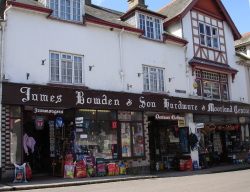Chagford is a small town of considerable charm on the eastern fringes of Dartmoor, set on a hill above the beautiful countryside surrounding the River Teign. Its economic development flourished in the mediaeval period after being chosen by Edward I as one of the three Dartmoor stannary towns through which all exports of tin collected by the moorland tinners had to pass. By the close of the 16th century the tin-works were all but exhausted, but the industrial future of the market town was assured by the spinning of wool for the East Devon weaving towns. Towards the end of the 19th century, the character of the town changed once again: following the end of its industrial heyday with the closure of the blanket and serge factory in 1845, Chagford re-invented itself as a popular tourist destination, a role it has retained to this day.
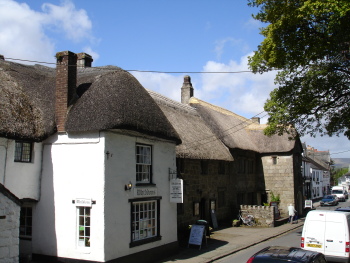
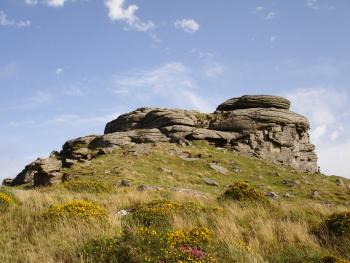
To the west of the town the parish of Chagford extends well into Dartmoor, rising to a height of 1432ft. at Kes Tor. There are numerous archaeological remains from the Bronze Age onwards in this part of the moor, evidence of human settlement in the parish for four thousand years or longer.
The tourist trade in Chagford was given a fillip in Victorian times when Dartmoor became more accessible to the general public from the east after the opening in 1866 of the railway branch line from Newton Abbot to Moretonhampstead, about 5 miles to the south-east of Chagford.
To the disappointment of the business community, four separate proposals during the 1860s to extend the line through the Teign Gorge were rejected, and the steam train was never to reach Chagford. To compensate for this, an omnibus service between the two moorland towns was introduced in the 1870s: JLW Page, writing in 1893, mentions that Chagford 'now glories in a 'bus to and from Moretonhampstead Station'[3, p73]. Sadly for railway enthusiasts this branch line no longer exists; the passenger service was axed in 1959 and the line was dismantled a few years later.
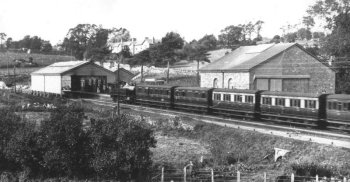
Chagford remains a popular tourist destination today, especially for day trippers, leading to snarl-ups on its narrow roads during the summer months. In Victorian times when the means of personal transportation was limited, visitors would mostly board in hotels using Chagford as a base to explore the moors on foot, or to go fishing on the banks of the River Teign.
Ward and Lock's pictorial & historical guide to Dartmoor of 1888 encapsulated the appeal of Chagford and its surroundings to an ever increasing number of summer visitors[7, p40]:
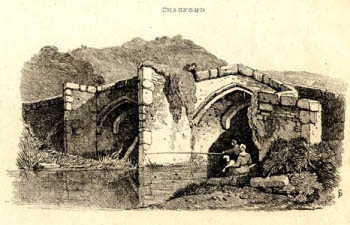
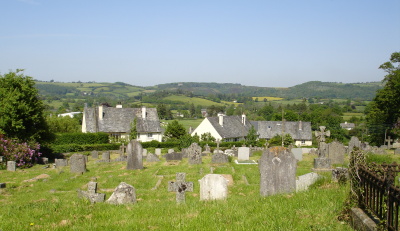
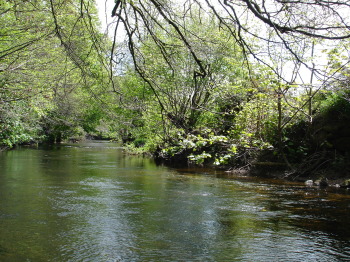
In contrast, Page[3, p73] paints a sardonic portrait of the sartorial excesses of Chagford's summer visitors in the 1890s:
Interestingly, due to the contemporary vogue for acquiring the latest gear for all outdoor activities, the alpenstock or its modern equivalent seem just as ubiquitous on the moors today as it appears to have been in the Victorian era.
For a town of its size, Chagford was no laggard when it came to adopting the latest advances in street lighting. A gasworks was developed on the site of the old woollen mill, and by 1869 gas was in use to light the streets and some of the houses. An even more radical change was the installation in 1891 of a generator used to power the street lamps by electricity. This was the brainchild of George Reed, a local factory owner, engineer and inventor who epitomized the resourceful zeal of the Victorian age. Reed's Chagford electicity generating company became the first to the west of London to illuminate a town by electric street lights[note 1].
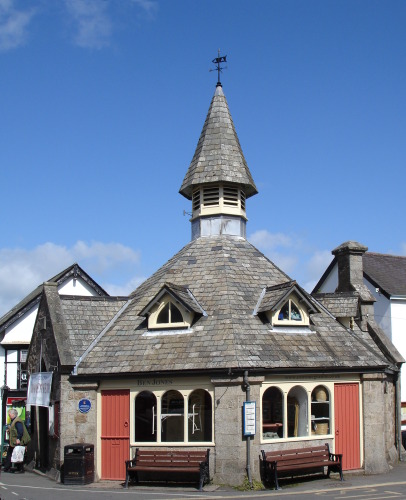
The octagonal Market House in the town square is known locally as the Pepper Pot. It is built on the site of what was once the Stannary Court that met twice yearly to assay the tin and levy the tax or coinage on the smelted metal brought in by the tinners. During one particularly crowded meeting in the early 17th century, proceedings were brought to an abrupt halt with fateful consequences as Westcote recounts[5, p430]:
Chagford in the early 1640s was the setting for two remarkable killings, one a crime of passion, the other a casualty of war.
Mary Whiddon was a descendent of the Justice of the King's Bench Sir John Whiddon (or Whyddon) who died in 1575, and whose tomb in the chancel of St Michael's Church is adorned with an ornate renaissance memorial. The unfortunate Mary was shot dead by a jealous suitor as she walked out of the Church after her wedding ceremony on 11th October 1641. So cruelly struck down in her prime, this young lady was buried in the church; nowadays newly-wed brides often lay a flower on her tomb after signing the register. The inscription on her memorial stone includes this epitaph:
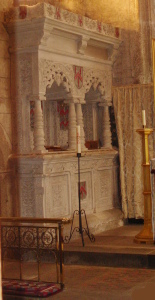
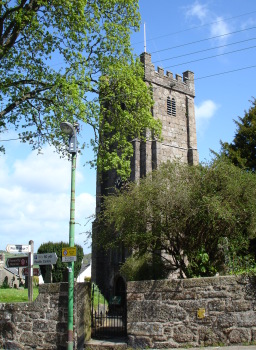
Little more is known about Mary, save that she was the brother of Rowland Whiddon, a Justice of the Peace during the Commonwealth interregnum who rebuilt the Elizabethan family seat by Whiddon Deer Park at the entrance to the Teign Gorge. Whiddon Park House bares the date 1649 above the door.
RD Blackmore is said to have based his popular classic Lorna Doone on the life story of Mary Whiddon, though the setting for the novel was Exmoor in North Devon.
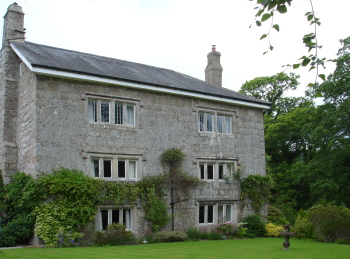
Of the two public houses in Chagford facing St Michael's Church, the most historically noteworthy is the Three Crowns Inn dating from Tudor times. It was here where the young poet and politician Sidney Godolphin is said to have died during the Civil War. In February 1643 Sir John Berkeley and a small band of Royalist soldiers including Godolphin attacked and dispersed some parliamentarian forces who were quartered at Chagford. In the skirmish that followed, the 33 year old poet was lost to a single round of musket fire. The Earl of Clarendon paid this tribute to him in his famous history of the Civil War[4]:
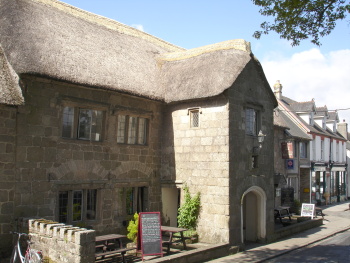
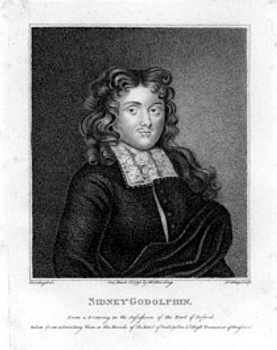
There are a number of ancient standing stone monuments on the eastern side of Dartmoor and to the north of Chagford that are worthy of a visit. Find out more about a selection of these by clicking on any of the markers in the interactive map below. The pop-up windows include a link to an enlargement of the small image, or to a page giving historical background information about the antiquity. One or two other locations of interest are also marked on the map.
